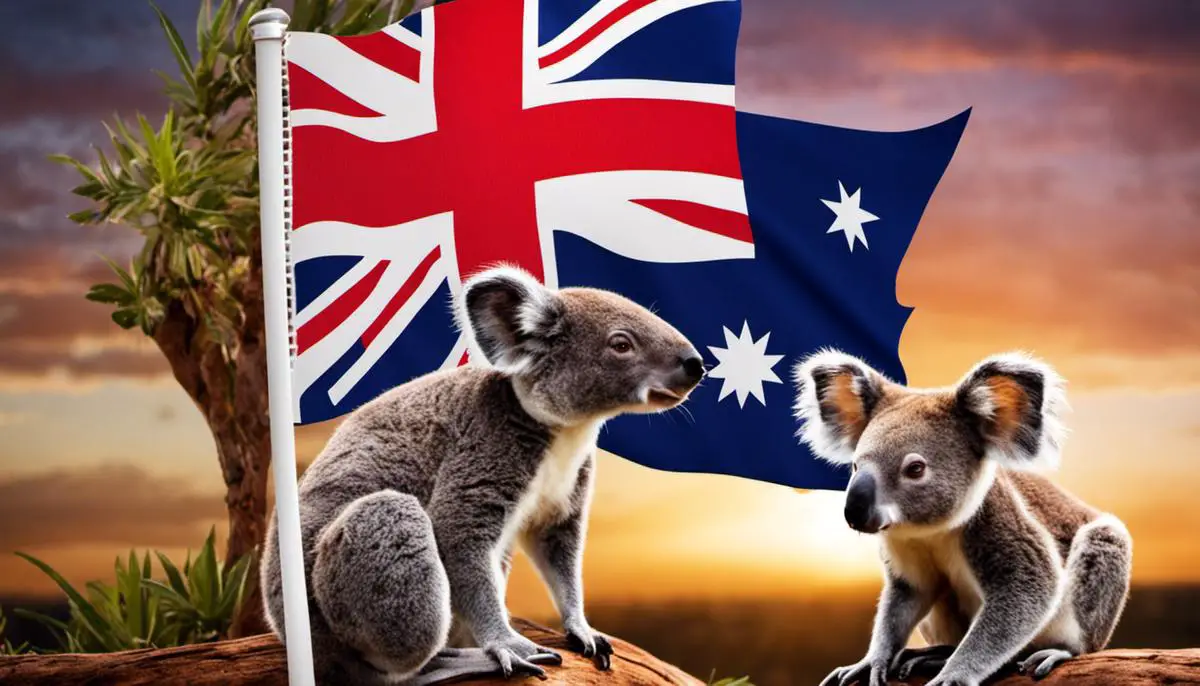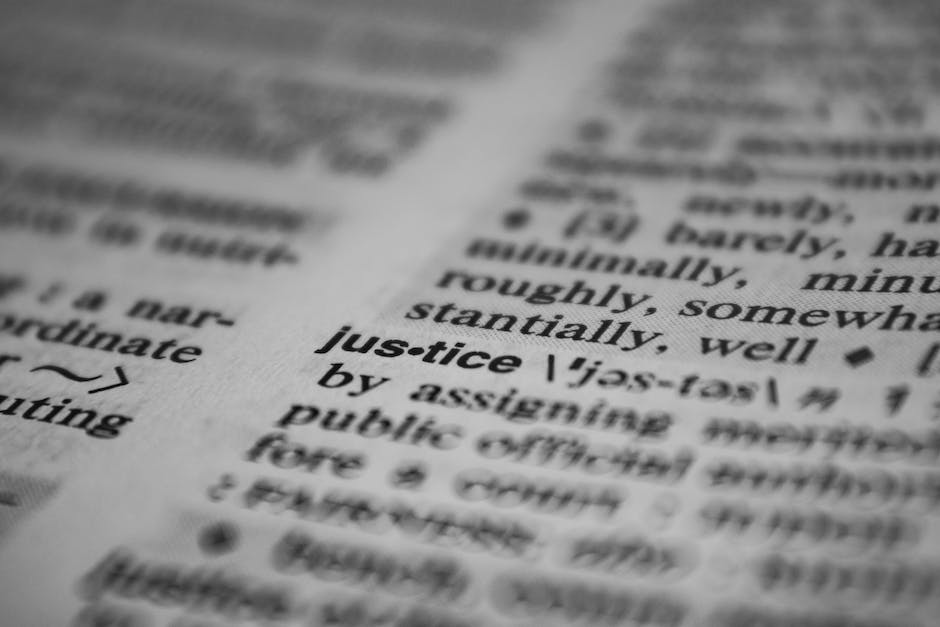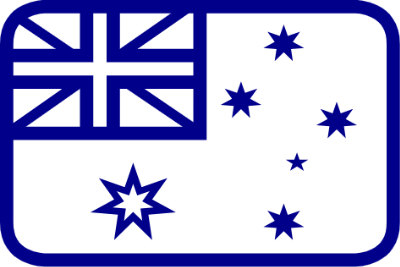Think kangaroos, koalas, Vegemite, and the Sydney Opera House, these are things that first come to mind when you think of Australia. But understanding the true Aussie essence goes beyond that, it includes diving into their unique and colorful world of slang. With roots in the Australian Culture itself, their slang serves as a reflection of their lifestyle, habitat, and even generic pursuits. Understanding how to incorporate common Australian slang into your vocabulary, and learning about their distinct pronunciation can ground your understanding of the Aussie way of life and help you connect more profoundly with its native speakers. This is a rewarding and fun-filled journey to partake that deepens your cultural knowledge and appreciation of the Land Down Under.
Understanding of the Australian Culture
Understanding Aussie Lingo
Diving deep into the Australian culture is critical to familiarizing yourself with the local dialect and slang. Start by exploring the Australian way of life, geographical attributes, animals, and leisure activities. These elements heavily influence the everyday language of Australians, providing a rich backdrop for the colorful and unique slang used in the country.
The Australian Lifestyle
Australians are famous for their love of the great outdoors, barbecues, and sports. Many Australian slang expressions revolve around these topics. For instance, a “barbie” isn’t a doll—it’s an abbreviation for barbecue. Australians refer to their friends as “mates,” and if you’re told to bring your “togs,” pack your swimsuit—they’re referring to bathing clothes.
Australia’s Environment and Creatures
Australia’s landscape and wildlife largely shape local vernacular. The country is well-known for its unique fauna and vast outback. To illustrate, Aussies refer to a remote area as “the bush.” This term dates back to early settlement days and is rooted in Australia’s vast wilderness. Kangaroos might be referred to as “roos,” and the infamous, large spiders common in Australian households are often called “Huntsmans” or “Hunties.”
Typical Australian Pursuits
Australians love their leisure, which is often a spectacle at the beach, at sporting events, or in the backyard over some “snags” (sausages). Such pursuits are often peppered with slang. For instance, a “Surfie” might refer to someone who surfs regularly.
Research on Australian Culture
Given the extensive influence of local culture on slang, deep understanding goes a long way in learning the language. Read books and watch movies, documentaries, and reality shows set in Australia to gain insight. Engage with Australian television shows and radio channels to improve your familiarity with the accent and common slang.
Learning Australian Slang
Learning slang is about practice and exposure. You might not understand all Australian slang straight away, and this is perfectly normal. Repeated exposure and context will help you gradually decode what is being said. You can even practice using Aussie slang in conversations, bearing in mind who your audience is. Over time, this practice will help you become comfortable and adept with Australian slang.

Australian Vocabulary and Phrases
Understanding Aussie Greetings
Let’s start with the most common greeting in Australian English: “G’day.” This phrase is an abbreviation of Good Day and often used in casual environments. “Mate” is another popular term in conversations and it stands for friend or buddy. Australians often combine these two, saying “G’day, mate!”
Drinking Terminology
Australians are known for their love of beer. It’s essential to know some key terms. ‘Schooner’ is commonly used in Australia for a glass of beer. ‘Slab’ refers to a case of 24 beers. ‘Stubby’ is a small bottle of beer and a ‘Tinnie’ could mean a can of beer or a small aluminum boat, context is key.
Australian Slang for Common Words
Australians enjoy shortening their words and adding a “y” or “o” to the end. For example, a barbecue becomes a “barbie,” afternoon becomes “arvo,” and mosquitoes become “mozzies.”
Expressions Unique to Australia
There are some phrases that are quintessentially Australian. “No worries” is perhaps the most well-known. Used like “you’re welcome” or “no problem,” it embodies the casual, easy-going nature of Aussie culture.
“She’ll be right,” is another popular saying with a meaning similar to “it’ll be fine.” Whether it’s a response to a car breakdown or an approaching deadline, Aussies use this phrase to communicate a general assurance that, whatever the problem may be, it will all work out in the end.
Decoding Acronyms
There are a lot of acronyms in Australian slang, so it’s important to understand some of the most common ones. ‘BYO’ stands for ‘bring your own’, this is commonly seen in restaurants which means customers can bring their own wine. ‘Servo’ is an abbreviation for service station (or gas station).
Remember, Practice Makes Perfect
Authentic language acquisition comes from practicing with real speakers. Don’t be afraid to use and practice these words and phrases with your Australian friends, or even locals if you get a chance to visit Australia. So, when you hear someone say “grab us a tinny from the servo on the arvo, mate,” you’ll understand perfectly.

Pronunciation and Accent
Understand Australian Pronunciation
Familiarizing yourself with the Australian accent is critical if you wish to grasp common slang. Australian English, like American or British English, has unique elements, such as specific vowel sounds and pronunciation patterns. Resources like Forvo can provide pronunciations of common words by native speakers. When starting out, pay close attention to the drawn-out vowel sounds, the soft ‘r’ sound, and the distinctive Australian twang.
Watch Australian Reality Shows
Australian reality shows provide a practical and fun platform for learning Australian accents and slang. From “Masterchef Australia” to “The Bachelor Australia” and “The Block,” these shows allow you to hear local dialects and expressions in a real-world context. Aside from the dialogue, the unscripted nature of reality TV means you’ll hear more colloquial language than in scripted dramas or films.
Listen to Australian Podcasts
Podcasts provide another excellent tool for immersive language learning. They offer information, entertainment, and language practice all in one place. Australian podcasts such as “Hamish & Andy,” “Conversations,” and “The Betoota Advocate” will acquaint you with Australians’ colloquial speak while providing cultural insights. Many Australian podcasts can be found on platforms like Apple Podcasts and Spotify.
Subscribe to Australian YouTubers
Australia has a rich and diverse YouTube scene. YouTube creators such as Fairbairn Films, Isaac Butterfield, or Ozzy Man Reviews incorporate local slang and accents in their content. Following these channels not only gives you an auditory sense of the language but also visually contextualizes it.
Use Language Learning Apps
Language learning apps like Duolingo, Babbel, or FluentU can also be very effective in familiarizing you with the Australian accent and slang. These apps typically include spoken language elements, which can help you hear and understand different dialects and accents.
Practice Speaking and Imitating
Listening is essential, but practicing the accent yourself is equally important. Try imitating what you hear in podcasts, YouTube videos, or shows. Record your practice sessions and compare your pronunciation with that of native speakers.
Throughout these steps, remember that understanding Australian slang and accent is a process that takes time. It’s normal to feel challenged at first. However, with consistent exposure and practice, your understanding of Australian English will improve over time.

Practical Application
Understand Australian Slang
Start by familiarizing yourself with common Australian slang. You could use online dictionaries or glossaries as a starting point. Learn phrases like “G’day mate” (hello friend) or “No worries” (you’re welcome/that’s okay), and common words like “Aussie” (Australian) and “Barbie” (barbecue).
Practice Using Australian Slang
Practice incorporating these slang words into your regular conversations. You can do this by replacing common words with their Australian equivalents. For instance, instead of saying “friend,” use “mate.” Instead of scheduling a “meeting,” have a “chinwag” (an informal chat).
Watch Australian Content
Engage in Australian content through movies, TV shows, podcasts, and radio stations. Listening to native Australians using the slang in context will give you a better understanding of how and when to use these words or phrases. You’ll not only pick up the nuances of how the slang is used, but also the accent and pronunciation.
Join Language Exchange Platforms
Consider joining online language exchange communities where you can practice Australian English. This can offer an opportunity to engage with native speakers, practice slang in everyday conversations, and receive feedback.
Attend Australian Networking Events
If possible, attend Australian networking events or gatherings. Conversation with native Australians will give you a real-world experience of the language. This context will help you understand when and where certain phrases are more appropriate.
Persist with Practice
It’s important to keep practicing the Australian slang in your conversations until it begins to feel natural. Over time, you’ll improve, not only in your understanding and use of Australian slang, but also in your pronunciation and overall Australian English skills.

Aussie slang comes alive when it’s applied practically. It’s not just about learning terms or phrases on a paper, but about imbibing them into your lifestyle and conversations. This acquired knowledge springs to life when you engage with native speakers, listen to popular Australian content, or participate in Australian networking events. It’s a continuous process that not only helps you remember the slang but also enriches your understanding of the context and improves pronunciation. So, embark on this journey of discovering the fascinating world of Australian slang, and feel the Australian culture resonating in every utterance. Gain a new perspective into one of the world’s most distinctive cultures, fostering a sense of global understanding and mutual respect.






